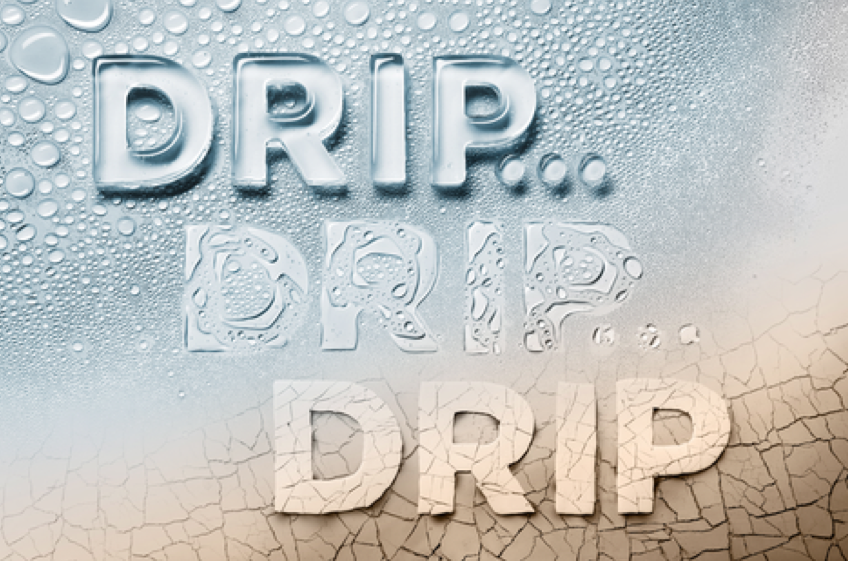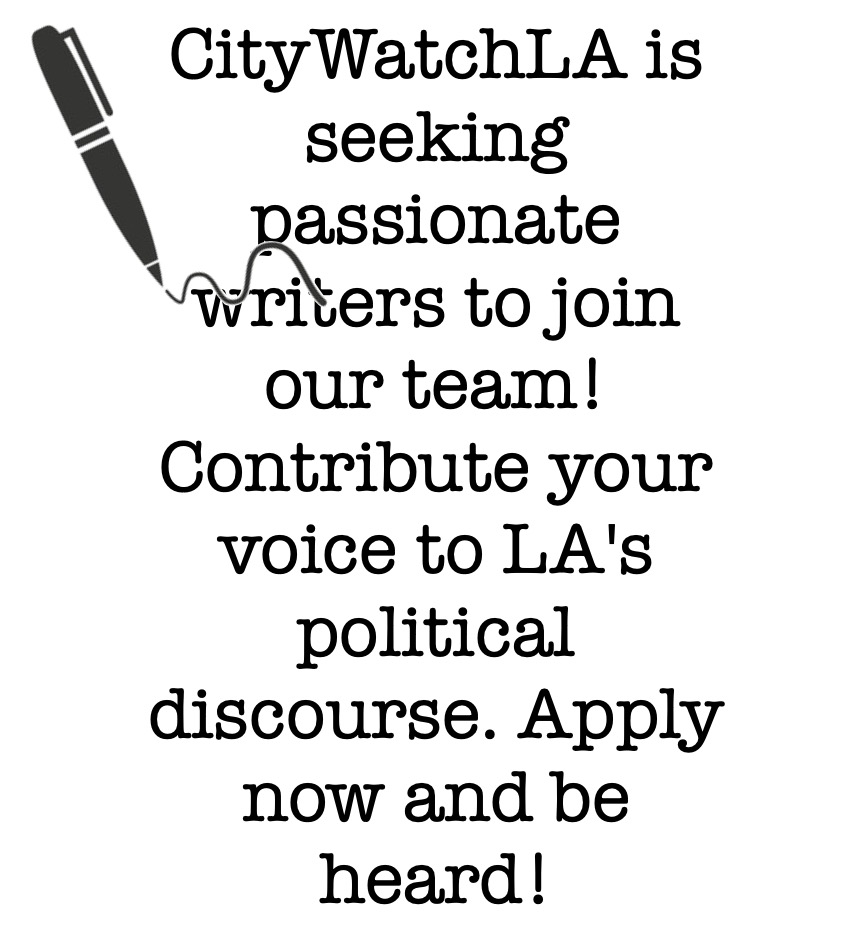NEIGHBORHOOD POLITICS-According to a 2002 U.S. Geographical Survey, one-third of the water consumed by the four million residents in the central and west coast portions of the Los Angeles basin is ground water.
The Good
LA Sanitation (LASAN) operates the largest wastewater collection system in the United States, serving a population of more than four million within a 600 square mile service area. LA's more than 6,700 miles of public sewers convey 400 million gallons per day of flow from customers to LASAN's four water reclamation plants across the City, which have a combined capacity to treat 580 million gallons per day of wastewater.
The Hyperion Water Reclamation Plant, located just south of LAX, purifies water and injects it into the ground to act as a barrier between seawater and fresh groundwater. More and more, recycled water is used to green up plants and trees on city properties and medians and for industrial use that does not require potable water.
But the idea is to one day recycle wastewater into drinking water and put it right back into the system. The industry is moving cautiously, though, given what you might call a considerable "ick" factor for the public. But if astronauts, Israel and Texas can go toilet-to-tap, why can't California?
Yuck. But think a few minutes. Those clean streams that ideally provide your drinking water? As WC Fields said: fish fuck in it; they also use it as a toilet along with a host of other animals.
What comes out of our taps is strained and sanitized. But even before it reaches Los Angeles proper, people and businesses upstream have used that water, treated it, and discharged it back. As the LADWP and LASAN do within our city.
The Clean Water program recycles water for landscape and industrial purposes as well as supplements the flow of the LA River to support the local habitat. Residuals from the treatment plants are discharged back to the sewer for further treatment in order to protect our river and marine environments and public health.
The mission of the city’s Watershed Protection Program is to protect the beneficial uses of natural bodies of water from the discharge of treated or untreated wastewater while complying with all flood control and pollution abandonment mandates. The program employs a multi-pronged approach to ensure the City of Los Angeles is in compliance with regulations and reduces the amount of pollution flowing into and through regional waterways.
Low Impact Development (LID) is a leading stormwater management strategy that seeks to mitigate the impacts of runoff and stormwater pollution as close to its source as possible.
The purpose of green infrastructure is to capture, clean, and/or infiltrate stormwater through the design of paved areas using permeable materials and drought tolerant plants. Converting the City's paved areas from gray to green will reap multiple benefits.
Proposition O (2004) authorized the City of Los Angeles to fund projects (up to $500 million) that prevent and remove pollutants from our regional waterways and ocean, consequently protecting public safety and meeting Federal Clean Water Act regulations.
Municipalities, non-governmental organizations and community members are working collaboratively to develop and implement Enhanced Watershed Management Plans for Los Angeles' five watersheds.
The Watershed Protection Program Environmental Officers protect public health and safety and the environment through effective education, prevention, emergency response, criminal investigations and enforcement of Federal, State and Local Laws.
The Bad
California has approved hundreds of oil and gas extraction or wastewater disposal injection wells into aquifers protected under the Safe Drinking Water Act. Every frack can use a million gallons of water. The companies add in “proprietary” chemical cocktails making the resultant wastewater unfit for drinking, bathing or watering crops.
Glendale’s Scholl Canyon Landfill, which was supposed to close in 1981, has no lining, sits less than half a mile from the active Verdugo fault and is leaching known carcinogens into test wells west of the dump. Even a minor earthquake along the area faults will make the fractured granite even more porous and accelerate toxins percolating into the Los Angeles basin aquifer.
Significant capture and storage of stormwater is dependent upon greater and more efficient use of groundwater basins for storage; however, seven wellfields – the ground around and above the wells that draw water from the aquifer -- are near or within the San Fernando Valley Superfund Site. These wells currently contribute about 12 percent of the municipal water supply for the City of Los Angeles. Increased use will only increase risk.
And (what we need to do to avoid) the Ugly
Where profit is involved, trouble is sure to follow.
As mentioned in a previous article, with water being such a valuable resource in Southern California, the boards overseeing state and city water supplies have been shadowy forces for decades. In fact, any bureaucracy that operates outside of public view addressing technically complex matters is likely to become corrupt.
Our elected officials are always involved on some level, either directly participating or in representing the interests of friends or donors. We the people come in third or fourth.
If we don’t want our water rights monetized, if we don’t want to endure ever-upwardly spiraling prices, we need to address the issues now.
The current city administration is pursuing the laudable goal of sourcing 70% of our water locally by 2035. That should ensure the city’s survival in the event of a major cataclysm on the scale of a Katrina. The costs will be huge but may be justified in the long term.
But how will we know? How do we know that decisions are not being made to benefit special interests? How can we make educated decisions if we or outside experts do not have access to the relevant information?
Grassroots activism.
To make Los Angeles the best run big city in the world, our leaders need a push from below on all issues that affect the quality of our lives and our futures. People must be proactive and draw back the curtain on the machinations behind water policy decision-making at all levels of government.
We don’t have to wait for a Greta Thunberg; as individuals we must choose to be the protagonists who make those calls, collar our elected officials, and make our concerns known. We need to be the grains of sand that jam up the wheel of government because we all know it’s the squeaky wheel that gets the grease.
Each and every one of us owes it to our children to step up and call for true transparency and accountability on how clean water is provided to our homes and businesses.
This is part of a series based on/inspired by interviews with various Los Angeles City Departments and research by the Budget Advocates in the fall of 2019.
If you have an idea or would like to weigh in on this issue, you can contact your Councilmember or send your suggestions to me at [email protected]
(The Budget Advocates are an elected, all volunteer, independent advisory body charged with making constructive recommendations to the Mayor and the City Council regarding the Budget, and to City Departments on ways to improve their operations, and with obtaining input, updating and educating all Angelenos on the City’s fiscal management.) Prepped for CityWatch by Linda Abrams.











